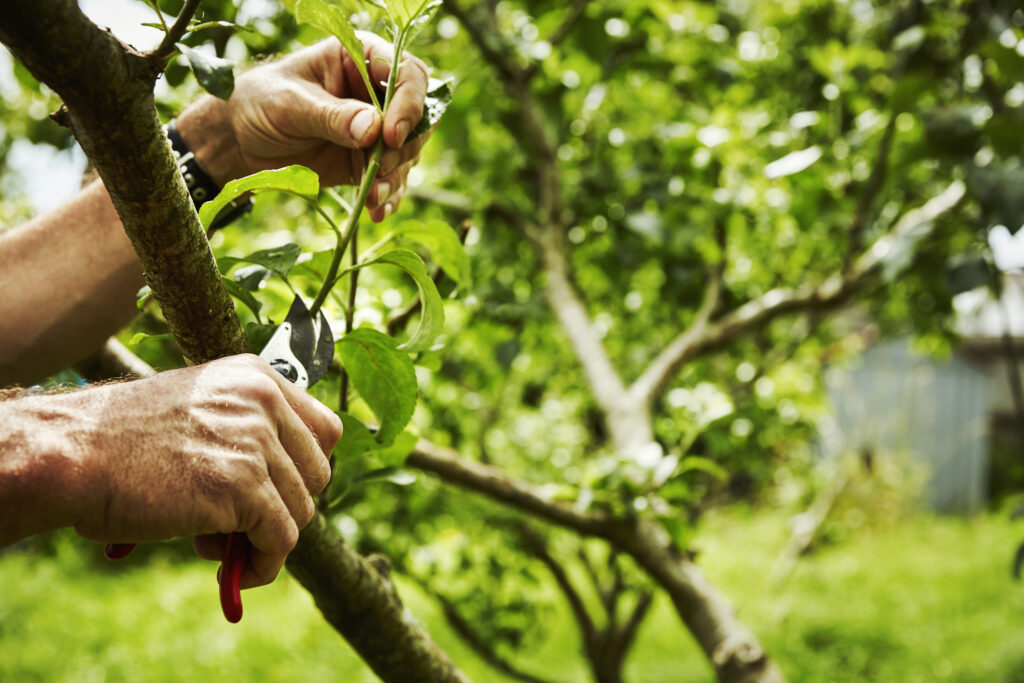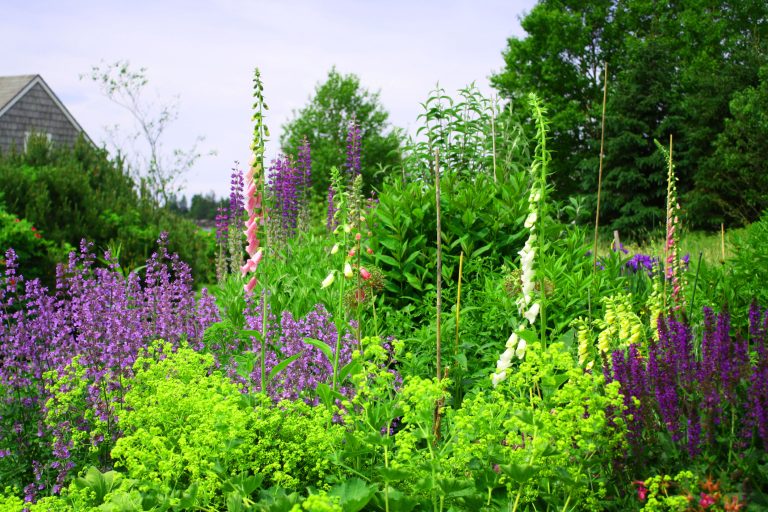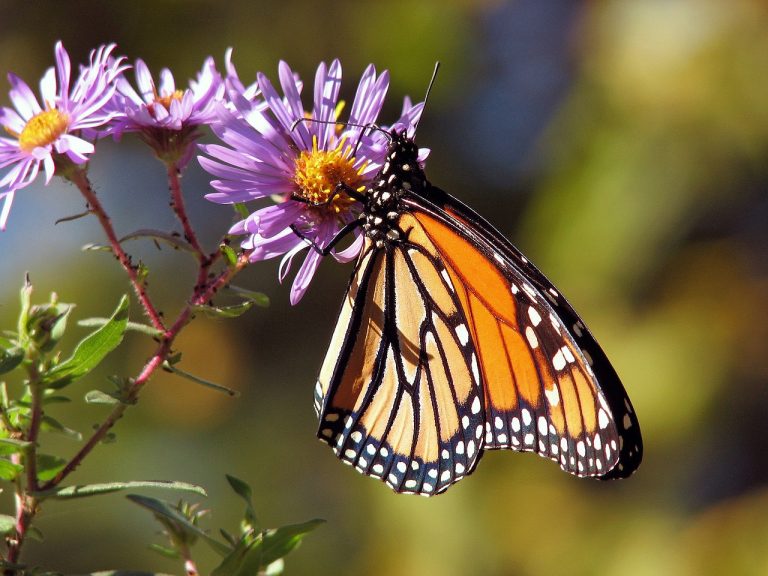

Whether you have an orchard in your backyard or a single peach tree that supplies an autumn pie tradition, proper maintenance of your arbor is key for its long term production. A part of maintenance is pruning, and while it may be intimidating to cut off branches from a tree, a quick trim can introduce new vigor to a fruit tree or set a new one up for success.
1) You should always prune your fruit trees when they are dormant. The University of California explains this as, “it’s easier to see what you are doing and removal of dormant buds (growing points) invigorates the remaining buds. Summer pruning removes leaves (food manufacturer), slows fruit ripening, and exposes fruit to sunburn.”
2) Another thing to consider is how to establish the best conditions for your new fruit trees. “Low vigor, young trees should be pruned fairly heavily and encouraged to grow rapidly for the first 3 years without much fruit. Leave most of the small horizontal branches untouched for later fruiting,” described again by the University of California.
3) You need to also consider a balance between vegetative and fruiting branches. “Topping a vertical branch encourages vegetative growth necessary for development of the tree and creates bushing effect. Topping horizontal branches is done to renew fruiting wood and to thin off excessive fruit. Thinning vertical branches opens the tree to more light. Thinning horizontal branches removes fruit.” The University of California Department of Agriculture and Natural Sciences furthers, “a good combination of the two is necessary for fruiting now and in future years. Branches bent to 45° to 60° angles achieves this balance.”
4) Unfortunately, there will be some branches that will only deplete your fruit tree of energy, nutrients and water. These are either diseased, irregular or broken. Continued by the University of California, “remove diseased or broken branches. Remove suckers, water sprouts and most competing branches growing straight up into the tree. Downward bending branches (below 90°) eventually lose vigor and produce only a few small fruit; cut off the part hanging down.”
5) Finally, the University of California recommends fruit tree owners to, “make clean cuts (within ¼”) of a bud; don’t leave stubs.” This means that you should aim to make your cuts close to a healthy bud, allowing for new growth, while still training the tree to grow properly.
By following these instructions and keeping these best practices in mind, you’ll be establishing your new fruit trees correctly and caring for your mature ones properly. None of these steps take special knowledge or advanced skill. As a bonus step, make sure your tools are sanitized in a solution of three parts water toone part bleach before pruning, and you’ll have healthy fruit for years to come.
Whispering Hills Garden and Landscape Center is a full service landscape center and nursery located in Cary, Illinois. Call or stop in today to schedule a spring cleanup.
Links:
www.cesonoma.ucanr.edu/files/27164.pdf


In an era where sustainability is more than a buzzword, Whispering Hills Garden Center

June is National Pollinator Month, a perfect time to celebrate the essential role pollinators
**IMPORTANT** Non e-commerce prices listed on various pages of this site, may not reflect the most up-to-date prices. Call to verify prices before coming in.
